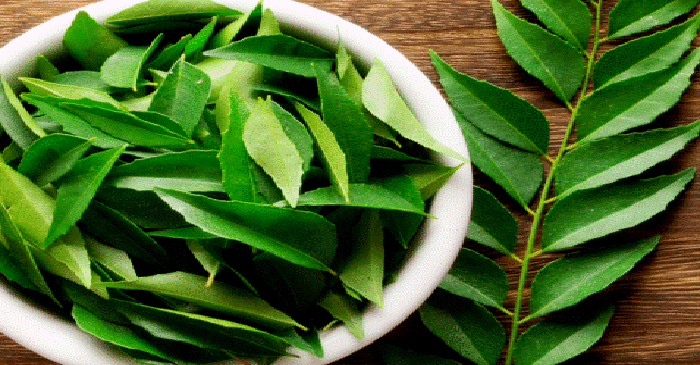Unveiling the Wonders of Curry Leaves: From Flavorful Delicacies to Health Advantages

In the realm of culinary treasures, few ingredients hold as much significance as curry leaves. Renowned for their aromatic allure and health perks, curry leaves play a pivotal role in Indian and Southeast Asian cuisines. Beyond their culinary charm, these diminutive leaves offer a wealth of nutrition and therapeutic value that have been cherished for ages.
Understanding Curry Leaves
Curry leaves, scientifically termed Murraya koenigii, are small, glossy, green leaves indigenous to the Indian subcontinent. Often mistaken for a spice, they actually stem from the curry tree—a fragrant, petite tree belonging to the Rutaceae citrus family.
Nutritional Importance
Despite their fragile appearance, curry leaves boast an array of nutrients. They serve as a bounteous source of vitamins, encompassing vitamin A, C, B, E, and K. Additionally, they house essential minerals like iron, calcium, and magnesium. Their repertoire also includes antioxidants and phytonutrients, contributing to their health-enhancing properties.
Healthful Gains
The exceptional health advantages of curry leaves have granted them a distinguished position in traditional medicinal practices. Some key benefits encompass: Digestive Support: Curry leaves aid digestion by promoting the release of digestive enzymes. Diabetes Management: Compounds in curry leaves may assist in regulating blood sugar levels. Hair and Skin Well-being: These leaves are thought to foster hair growth and enhance skin health. Anti-inflammatory Traits: Their anti-inflammatory and antioxidant attributes contribute to holistic wellness.
Culinary Usage
Within the culinary domain, curry leaves are venerated for their distinct flavor and aroma. Sautéed in oil or ghee, they emit a captivating fragrance that forms the foundation of numerous Indian dishes. Commonly featured in curries, dals, chutneys, and even beverages like buttermilk, their versatility knows no bounds.
Varieties of Curry Leaves
Two primary types of curry leaves exist: regular curry leaves (Murraya koenigii) and sweet neem curry leaves (Murraya koenigii var. omphalocarpa). While both share akin flavors and nutritional profiles, they slightly vary in appearance and growth patterns.
Procurement and Storage
When purchasing curry leaves, opt for vibrant green, fragrant, and fresh leaves. Discard wilted or yellowing ones. To extend their freshness, refrigerate them, either in their original packaging or wrapped in a moist paper towel within a sealed plastic bag.
Precautions and Potential Side Effects
While generally safe for consumption, certain individuals may experience allergic reactions to curry leaves. For newcomers, starting with a small quantity and monitoring any adverse effects is advisable. If you have specific medical conditions or are taking medications, consulting a healthcare professional before incorporating curry leaves into your diet is recommended.






